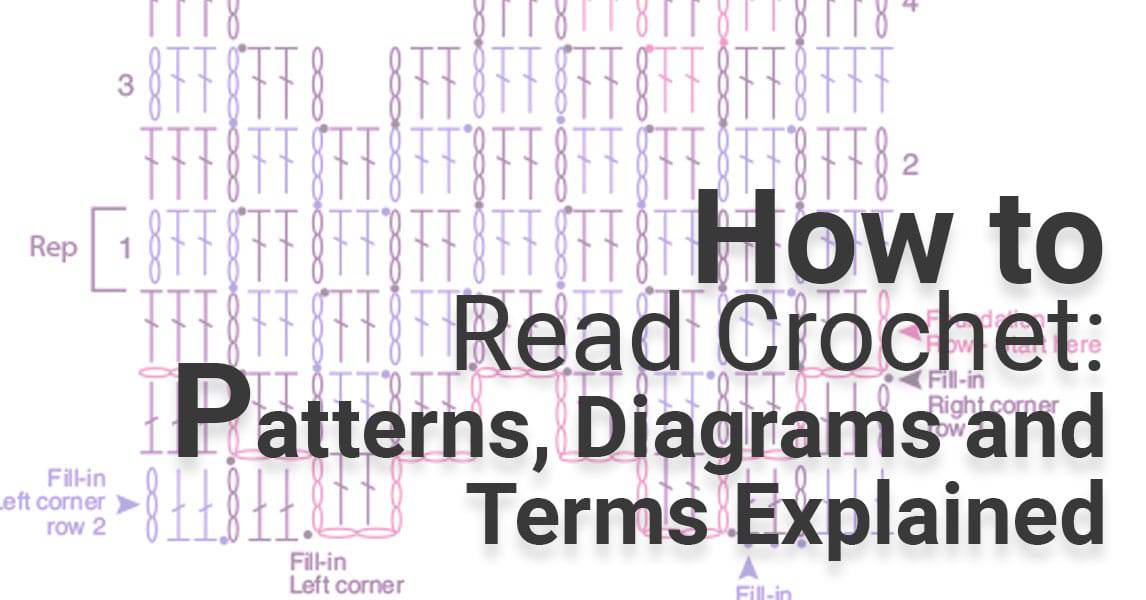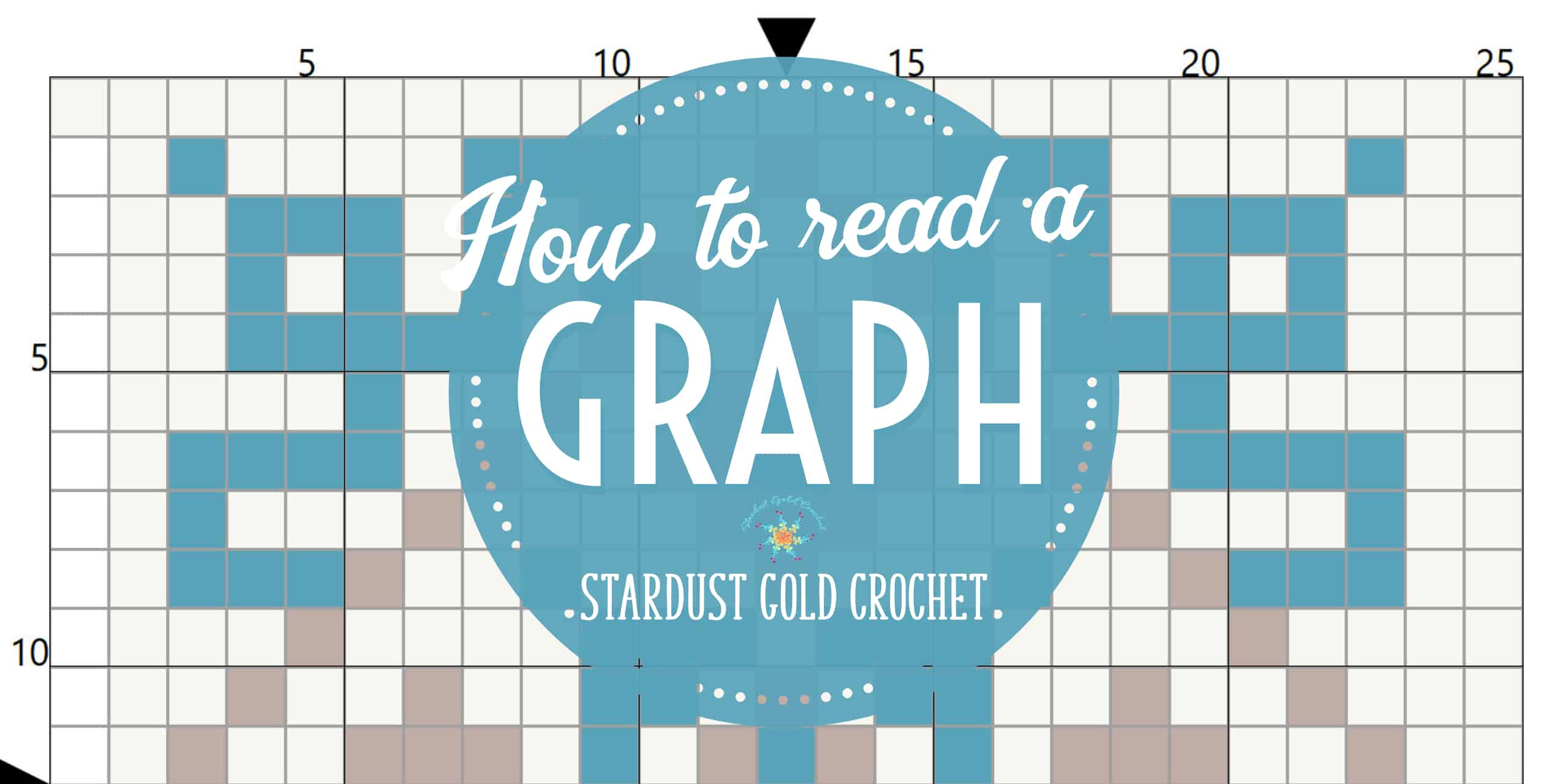

There are 2 sts on either side that are just worked once. It may tell you how many times to work it, or you may need to figure that out yourself by counting what’s after the repeat. OutlinesĪ repeat is often shown as an outline. YO is just listed once because the symbol is worked the same way regardless of it being on a RS or WS row.
#HOW TO READ A CROCHET CHART IN THE ROUND HOW TO#
The key should tell you how to work the symbol when on both a RS and a WS row (look above at our key). So, a purl stitch is really worked as a knit, and a k2tog is really a p2tog. If it’s for something flat and includes the WS rows, those rows are actually worked in the opposite of what you see on the chart. The symbols often look like what you’re doing (purls look like little bumps, YO’s are circles, and the decreases lean in the direction it slants) If your chart is for something in-the-round, you’re set. The chart shows you what you see when looking at the RS. It might just tell you what the symbol means and it might tell you how to work the symbol. If the pattern doesn’t have rest rows – meaning that there are things going on (like decreases and increases) then the WS rows must be charted. The pattern should tell you which it is if it doesn’t have WS rows.

Sometimes they’re knit and sometimes they’re purled. (or like in our sample chart, we see the WS rows). For YO’s you need to get instructions on how to work them. So, if the stitch below is a purl as it faces you, you purl it. A lot of stitch patterns have what are called “rest rows” where you just work the stitches just like the previous row. This is somewhat a matter of the chart maker’s preference. Note all the round numbers are on the right, and the key doesn’t have RS and WS stitch descriptions because it’s not necessary. Here’s that same chart, but for in-the-round. You’ll find all numbers on that one side. If a chart is for something worked in the round, every round starts on the right. Our sample chart is a good example of this: Typically you’ll find all the odd numbers on one side and all the even numbers on the other. If a chart is for something worked flat, you’ll find numbers on both the right and left. Regardless of the method of knitting, all charts are read from bottom up to the top. The odd-numbered rows (rows 1, 3, 5, etc.) are RS rows and then even-numbered rows (2, 4, 6, etc.) are the WS rows.

If you’re right-handed this will be the same way you’re knitting. So, if the number is on the right, read the chart moving to the left (and the opposite). You start reading at the edge where the number is and move in the opposite direction. Numbers on the right are for RS rows and numbers on the left are for WS rows. I’m going to show you the way I see most charts presented (and it’s the way I do charts as well). I say “most” because there are other ways to indicate knitting on a chart.

If you want some help with charts – or if you just want a refresher – continue reading.Ĭharts give you a way to visually represent knitting. You know if charts sync up with your way of thinking. I won’t start out by arguing whether you should use charts in your knitting.


 0 kommentar(er)
0 kommentar(er)
